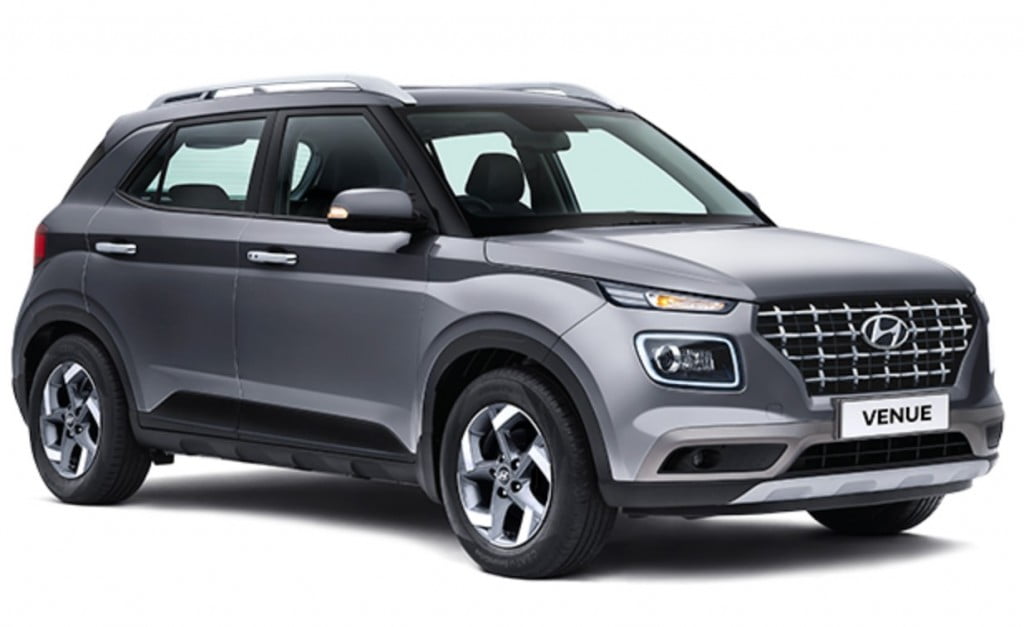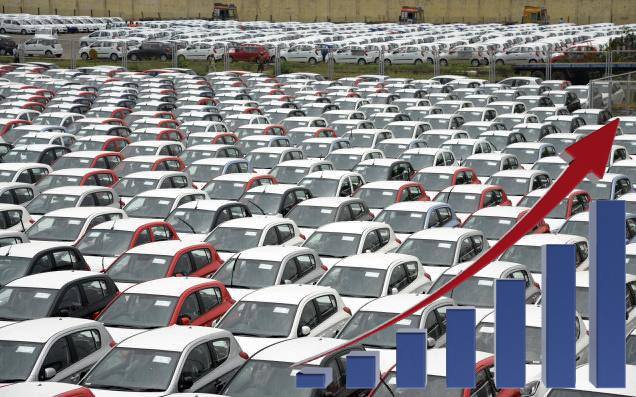The second-largest car manufacturer in the country has officially registered a massive 23.8% growth in sales for January 2021 compared to the same month a year before. In comparison to last year, where it sold 42,002 units, this year it sold over 52,000 units in the country. The market share of Hyundai in the Indian automobile industry has increased by 1.1% to 17.1% in January as compared to last year. This shows that the company is going from strengths to strengths. Hyundai has a number of products to thank for this growth. This includes Grand i10 Nios, which is one of the most popular mid-size sedans in the country. Then there is another popular premium hatchback, i20, which has received a gen-update recently and has taken the automobile industry by storm.
We can not talk about the Indian automobile industry without talking about SUVs. Hyundai Creta is the highest-selling SUV in the country. Already very popular, the updated Creta just flew off the shelves like hot pancakes. Then there is its younger sibling in Venue. These two SUVs have contributed immensely to the sales and market share of Hyundai currently. All Hyundai’s products play crucial roles in defining almost every segment of the industry. Also, the upcoming products like a 7-seater SUV based on the Creta will definitely help to expand the portfolio of the brand. Great products with a ton of comfort and convenience features along with low maintenance costs make Hyundai products very successful in India.

Also read: Sales report for January 2021 – Winners and Losers!
Hyundai Price Hike
Just like every other carmaker, Hyundai has also finally announced a price hike across its model range. The reason for the price hike at the beginning of every year is the rise in input costs every year. To counter that, all the carmakers are bound to increase the prices of their cars at the beginning of every year.
Santro, Grand i10 Nios and Aura
Let us start with the entry-level offering from Hyundai, the Santro. It has seen a hike of Rs 600 to Rs 4,900 depending on the variant. Now, the Santro comes at a price of Rs 4.67 lakh and Rs 6.53 lakh, ex-showroom. The Grand i10 Nio will cost Rs 2,900 to Rs 7,390 more than before. This means that the mid-size hatchback will cost you Rs 5.19 lakh to Rs 8.41 lakh, ex-showroom. Depending upon the variant, the Hyundai Aura can cost you Rs 2,200 to Rs 9,800 more than before. This makes the starting price for the compact-sedan Rs 5.92 lakh and the top-trim costs Rs 9.28 lakh, ex-showroom.
Also read: Maruti’s Sales to Toyota grows over 153% – Glanza and Urban Cruiser!
Venue, Creta and Verna
The very popular compact SUV, Venue has seen a price hike between Rs 1,760 and Rs 12,400. This marginal hike makes the Venue costs between Rs 6.86 lakh and Rs 11.67 lakh, ex-showroom. Its elder sibling and the highest-selling SUV in the country, Creta sees a price hike of Rs 17,000 and Rs 31,000 depending on the variant. This makes the Creta cost Rs 10 lakh to Rs 17.54 lakh, ex-showroom. The sole mid-size sedan from Hyundai, Verna is expensive by Rs 2,700 to Rs 12,100. This means that the Verna will now cost Rs 9.11 lakh and go all the way up to Rs 15.20 lakh, ex-showroom.
Also read: Honda sees 114% growth in sales – Amaze and City are the reasons!
Elentra and Tucson
The not volume-oriented offerings from Hyundai and also the flagships offering both, in sedan and SUV segment, Elentra and Tucson have also received revised prices. The Elantra is now expensive by Rs 15,000 to Rs 45,000 depending on the variant and costs between Rs 17.80 lakh and Rs 21.10 lakh, ex-showroom. Similarly, Tucson witnesses price hike between Rs 31,000 and Rs 39,000 which takes the prices to Rs 22.55 lakh and Rs 27.33 lakh, ex-showroom.
Also read: Toyota sees over 90% growth in car sales in January 2021!
That sums up the sales report and price hike announcement of Hyundai Motors. The future looks very exciting with a bunch of new offerings from the brand in India to stay at the top of the game. Hyundai needs to hold its ground against all the new rivals entering the Indian automobile market with the last-movers advantage.



